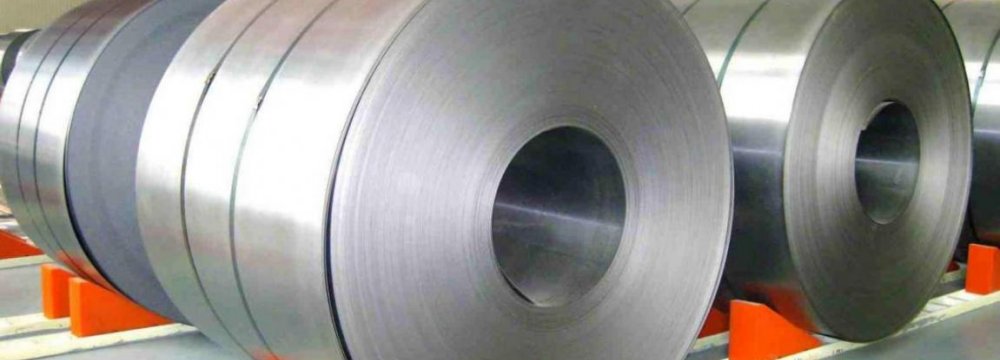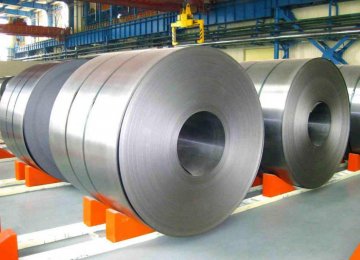Over the past few years, Iran has never experienced a positive trade balance in the steel industry because the country has always imported more steel than it exported.
During the past two years, the economic downturn in the housing sector dramatically reduced the domestic demand for steel and domestic production and imports descended. While the steel manufacturing sector could shift to exports, it decreased steel production.
During the first 5 months of the Persian year 1391 – which started 21 March 2013 – a total of 5.16 million tons of steel was produced by the government sector while the figure dropped to 4.98 million tons in the same five-month period the year later. Quite the contrary, the private sector’s steel output was 2.176 million tons in the second time span, showing an 11% growth compared to the five-month period in 1392.
The 689,000-ton steel export in the first five months of the year 1392 and the 832,000-ton export during the same period this year, haven’t been able to help the trade balance move towards becoming positive since steel imports are still too high.
Mehdi Sarlak, a steel industry expert, said there are numerous factors which prevent the steel sector from flourishing including the lack of a strong union of steel manufacturers and exporters.
“A strong association or union of exporters should properly reflect on all the challenges and problems the manufacturers face; they also need to have a professional marketing team”, said Sarlak.
He criticized the country’s major exporters, which are state-owned companies, for their inability on seizing potential foreign markets.
However, the anti-Iran banking sanctions imposed by the West over the past few years have also created numerous problems for the exporters over transaction of money and opening the letters of credit. The manufacturers have also had trouble in importing parts for their machinery.
Iran also needs adequate export terminals to load and unload steel products and to store raw materials and the final product, said Sarlak.
The country’s high export of iron ore pellets is another setback for the country’s steel sector which many government officials have raised their concerns about.
Earlier, the minister for industry, mine, and trade said the country needed to annually produce at least 6 million tons of iron ore pellets.
Based on the Fifth Five-year Economic Development Plan (2011-2016), steel production should reach 55 million tons per annum, which is far from the current production level standing below 20 million tons per year.





